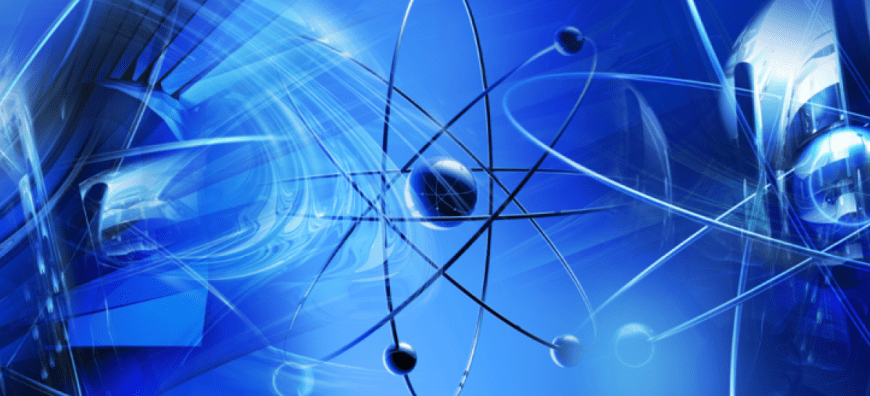
- posted
- article
Technological innovations in industrial equipment
In today's world, technological developments have a significant impact on the industrial sector. Thanks to continuous advances in information technology, industrial equipment is becoming increasingly efficient, automated and connected. In this article, we will look at some of the most important technological innovations that are being applied to industrial equipment: Internet of Things (IoT), artificial intelligence (AI), automation and robotics.
The Internet of Things (IoT) is a concept in which physical devices, equipment and other objects are connected to the Internet and exchange data with each other. In industrial equipment, the use of IoT allows for the creation of smart systems that can monitor and control various parameters, optimise equipment performance, warn of possible breakdowns and improve management processes.
With the help of sensors and connected devices, industrial equipment can collect large amounts of data on operation, efficiency, condition and maintenance. This data can be used to analyse and make intelligent decisions about scheduling maintenance, optimising energy consumption and predicting breakdowns. IoT also allows for the successful monitoring and management of equipment remotely, making it easier for operators and reducing maintenance costs.
Artificial intelligence (AI) is playing an increasingly important role in industrial equipment. AI allows systems to analyse large amounts of data, make predictions, make decisions and automate processes without the need for constant human intervention.
One of the main applications of artificial intelligence in industrial equipment is machine learning systems that can analyse data and perform pattern recognition to detect anomalies and predict breakdowns. For example, based on the analysis of sensor data, the system can predict when a certain piece of equipment will require maintenance or replacement, which can reduce the negative impact of unexpected downtime.
AI is also used to improve control and management processes, such as energy efficiency management, automatic adjustment of equipment parameters, and optimisation of production schedules.
Automation in industrial equipment is the use of various technologies and systems to replace manual human intervention in production and control processes. Automated systems can increase productivity, reduce costs, improve quality and ensure safety in the workplace.
Programmable logic controllers (PLCs) and computer numerical control (CNC) systems are used to automate the operation of machines and production lines. These systems can perform repetitive tasks with high accuracy and speed, resulting in increased efficiency and quality of production.
Robotics is one of the key technologies in industrial equipment. Industrial robots are used to perform a variety of tasks, from loading and unloading materials to assembling complex products.
Modern industrial robots are equipped with sensors, artificial intelligence and machine learning, allowing them to adapt to changing conditions and interact with their environment. Robots provide high accuracy, speed and repeatability, which contributes to increased productivity and production efficiency.
Conclusion
Technological innovations such as the Internet of Things (IoT), artificial intelligence (AI), automation and robotics have great potential to improve efficiency, productivity and quality in industrial equipment. The adoption of these technologies helps companies reduce costs, optimise processes and increase competitiveness.
Further development of innovations in the industrial sector involves the use of new technologies such as blockchain, Augmented Reality (AR) and Virtual Reality (VR), which will allow for the creation of even more efficient and technologically advanced industrial equipment.
Following the development of these technologies and their implementation in the industrial sector allows companies to stay ahead of the competition and reach new heights of productivity and innovation.